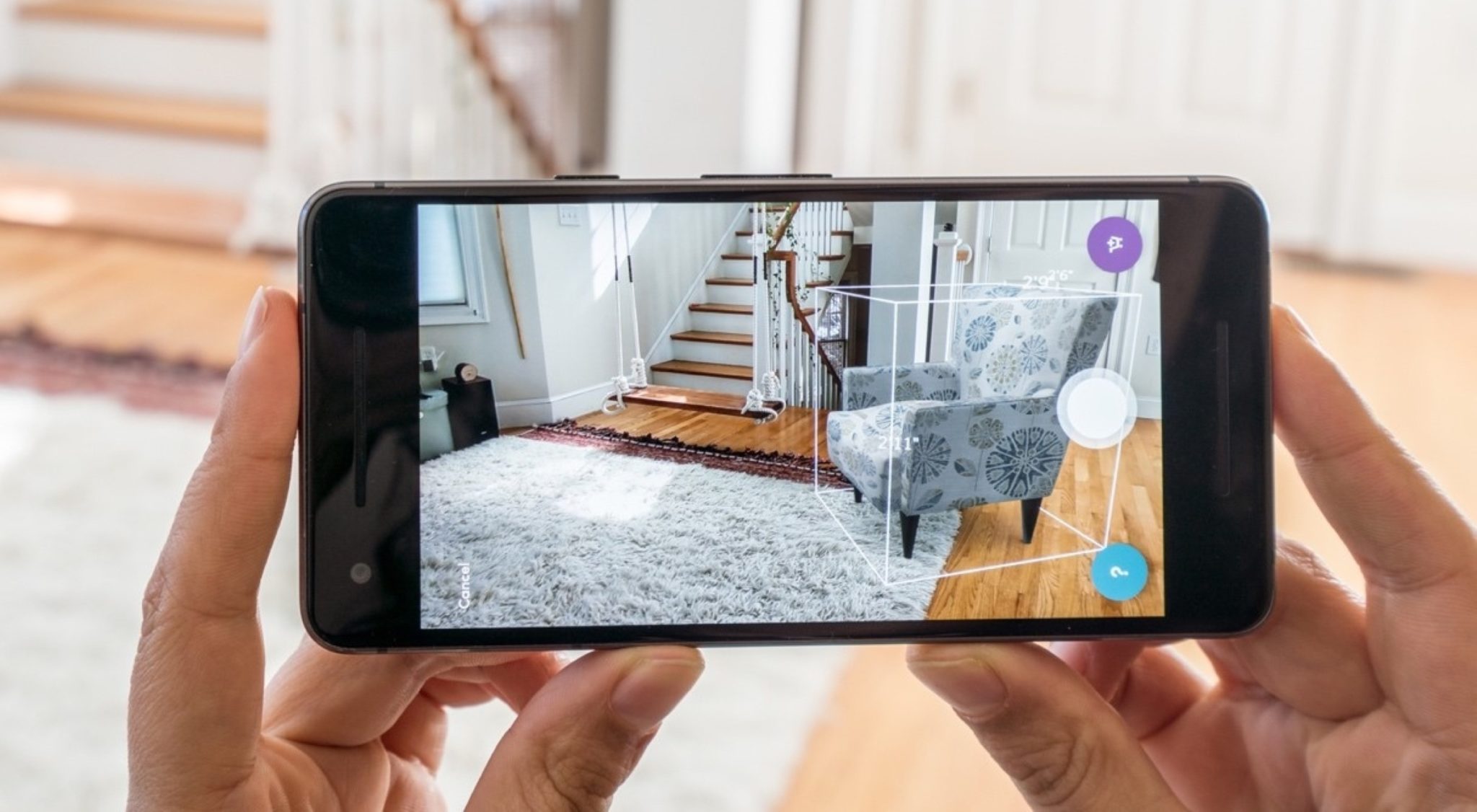The timeless process of creation is undergoing a fascinating transformation in a bold new visual age. As the artist’s vision turns into a sketch, it is re-formatted atop 3D frameworks to inspire digital assets. The latter appear on pre-designated locations on the piece, or wherever the viewer points the mobile camera.
3D and AR art can be marker based or non-marker based. Markers are embedded into elements like logos, packaging, product posters or the physical body of the art piece to make it recognizable by an AR-enabled mobile app which then converts it into an immersive experience. In the markerless variety, cameras, sensors and processors can automatically detect a 3D-AR ready artistic product from the real environment and convert it into an interactive 3D and AR ‘show’.
The past decade has seen an explosion of 3D and Augmented Reality technologies in the art world
Some forms of 3D and AR require the consumer to download an app and wear headgear, while others, like the app-free, web-enabled version offered by Enhance, allow users to consume the artistry more effortlessly.
The past decade has seen an explosion of 3D and AR technologies in the art world, with artists, painters, sculptors, designers, architects, museums, art collectors and public art initiatives embracing the fast-rising trend to unlock new forms of self-expression, actively engage with their fans and markets, and sell online.
Here are three ways 3D and AR tech is fundamentally transforming art.
Telling the story better
Unlike virtual reality, which replaces reality altogether by creating a parallel universe, 3D and AR builds upon what we can already see and sense. Creators can therefore overlay or superimpose animation, video, text, speech bubbles and audio elements (like music or voice) to their original art pieces to reveal backstories that normally go untold, annotate an idea to boost clarity and comprehension, amplify drama and rhetoric by weaving-in conflict and contrast, and reimagine context by adding form, motion and meaning to the narrative.
The co-existence of truth and illusion – a quality unique to augmented reality – not only sets the stage for new layers and levels of storification; thanks to moorings in the real world, it gives brands and businesses a seamless entry into the minds of art-appreciating demographics, while empowering galleries and creators to develop monetization plays.
Evolving from creation to collaboration
3D and AR’s next big disruption lies in the true democratization of art. 3D and AR technologies open up the relationship between creator and recipient by inviting viewers into a dynamic dialogue and bestowing upon them ‘co-creation rights’, blurring ownership boundaries and deepening emotional bonds.
Adding a digital dimension to décor and interiors
Digital technologies are transforming the art landscape, with 3D and AR leading the change. Room scanning apps likeApple’s Room Plan can strip spaces of their furniture to allow homeowners to re-visualize interiors from a blank canvas. Ikea’sPlace App allows users to virtually ‘place’ furnishings in their own real-world environments. And Lowe’s has recently entered the “spatial commerce” market with its Measure Your Space app that allows users to scan a room, generate rich 3D models and visualize products in spaces (with cost estimates) before adding it to their shopping cart.
Try displaying this painting on your wall by clicking 'See in your space'
Digital technologies are transforming the art landscape, with 3D and AR leading the change
3D and AR are allowing lovers of art and refinement to elevate their habitats with fresh strokes of creativity. Buyers can now visualize the ‘fit’ of a classic oeuvre or modern masterpiece (located in a store or a gallery) in their own home or office with just an internet connection – amplifying shopper confidence, reducing costs, minimizing returns and significantly shortening sales cycles – which marks the next evolution of online sales and commerce for artists, interior designers, realtors, galleries, art retailers and lifestyle brands.
Indeed, art buying habits have changed permanently. The pandemic – a time when online art sales skyrocketed – marked a tipping point for the industry, and the momentum has been maintained since, despite a return to in-person activities. Auction houses have seen the percentage of art loversbuying online remain far above pre-pandemic levels, while a majority of buyersstate that their trust and interest in purchasing art online had increasedduring the pandemic.
With a new generation of art buyers entering the market in recent years, particularly at the younger end of the age spectrum, and 70% of consumers aged 16-44 familiar with augmented reality, the direction of travel is clear.
Art and technology are colliding in never before seen ways
Internet artists, new-age art houses and next-gen art agents and brokers are designing a brand new ecosystem featuring digital art galleries, exhibitions from home and online sales frameworks.
Museums are designing apps and hosting virtual events tomake art and cultural experiences more accessible, createfun time-travel moments, and visualize how the old-world functioned.
Google’s Arts & Culture app is making thediscovery of our planet fun and educational for anyone with a smartphone.Meanwhile, communities and local governments are mashing 3D-AR with street art and wallgraffiti to bring neighborhoods together, and breakaway mindsare ‘over-writing’ legendary artworks to stir debate overethics and ownership in the creative fields.
Even iconic groups like the RoyalShakespeare Company are re-thinking live theatre shows, while holographic concerts are bringing dead artists back tolife.
Pictures have always said a thousand words.In the era of 3D and AR, they are also articulating infinite possibilities.






